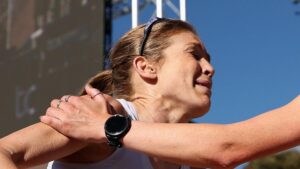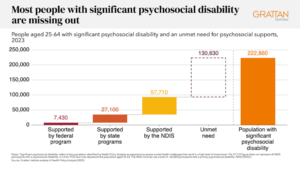
A recent study from **Karolinska Institutet** has revealed that fitness levels among young adults are significantly influenced by both socioeconomic development and gender equality. Published in the **Journal of Sport and Health Science** on **October 23, 2025**, the research highlights how these societal factors impact physical capacity and public health.
The systematic review analyzed data from 95 studies across 24 countries, involving over **119,000 adult participants**. It focused on cardiorespiratory fitness (CRF), measured by the maximum oxygen uptake known as VO2peak, during intense physical activity. The findings indicate that individuals in countries with a higher **Human Development Index (HDI)** generally exhibit better fitness levels.
Socioeconomic Development and Fitness
The study found particularly striking results among young women. In countries classified with a medium HDI, young women demonstrated an average VO2peak of **31.2 mL/kg/min**, compared to **28.5 mL/kg/min** in those with a low HDI. The improvement in fitness levels was less pronounced when comparing medium to high HDI nations. The lead author of the study, **Nicolas Pillon**, a researcher at the Department of Physiology and Pharmacology at **Karolinska Institutet**, emphasized the role of societal structures in influencing access to physical activity.
“Our results suggest that societal structures impact greatly on people’s access to exercise and thus their fitness levels,” Pillon stated.
Gender Equality’s Impact on Health
In addition to socioeconomic factors, the research indicates a strong correlation between gender equality and fitness levels. Countries with a lower **Gender Inequality Index (GII)** tend to have higher fitness levels among both men and women. Specifically, young women in nations with high gender equality exhibited an average VO2peak that was **6.5 mL/kg/min higher** than their counterparts in countries with low gender equality.
**Barbara Ainsworth**, a researcher at **Shanghai University of Sport** and a leading figure in the study, underscored the significance of these findings. “Our results underpin the importance of societal interventions and guidelines that reduce social and gender-related hindrances to physical exercise,” she remarked. Ainsworth also pointed out the need for further research to explore the challenges faced by ethnic and socioeconomic communities in lower HDI countries.
The research was funded by grants from the **Novo Nordisk Foundation** and the **Diabetes Wellness Network Sverige**, with no conflicts of interest reported. This comprehensive analysis sheds light on the critical intersection of gender equality, development, and public health, emphasizing the need for targeted interventions to improve fitness levels globally.
The findings from this study offer vital insights for policymakers, health professionals, and advocates aiming to enhance public health outcomes through improved access to exercise and supportive societal structures. As the global community navigates the complexities of health and wellbeing, understanding these relationships will be essential in fostering a healthier future for all.






